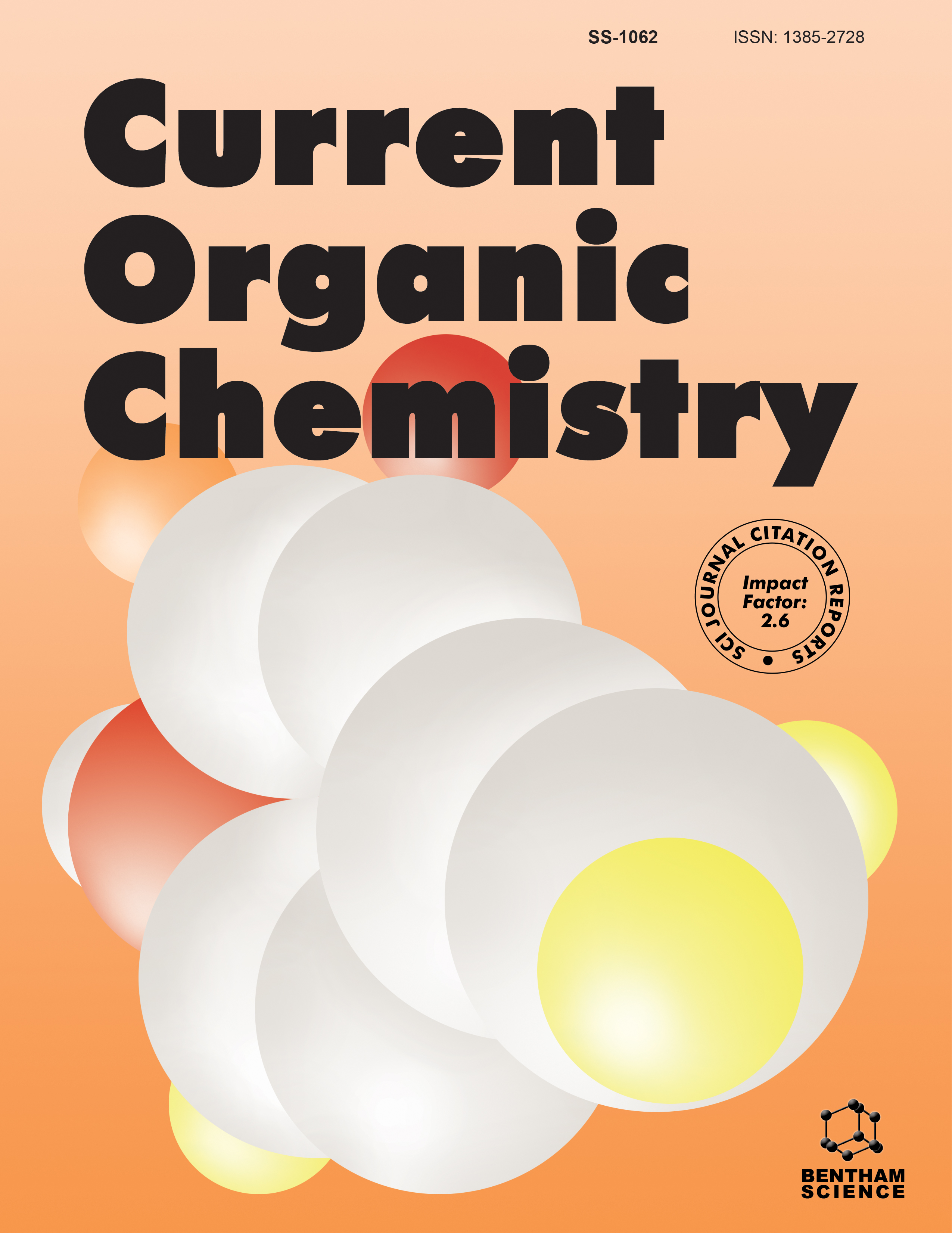
Full text loading...
We use cookies to track usage and preferences.I Understand
Under the broad domain of multimetallic catalysis, the utilisation of two transition metals (either homometallic or heterometallic) as catalysts in a cooperative way to enhance reactivity and promote higher stereoselectivity and versatility has witnessed remarkable advancements in organic synthesis in the last two decades. This review attempts to provide an account of the development in the recent past to its progress now in this area, highlighting the importance of simultaneous catalytic cycles in the mechanistic pathway and optimal reaction conditions for organic transformations leading to building blocks of importance in biology and pharmaceutical applications. The reactions presented here include, among others, C-H activation, reductive cross-coupling, allenylation, tandem isomerisation-allylation, heteroarylation, and asymmetric synthesis.

Article metrics loading...

Full text loading...
References


Data & Media loading...

